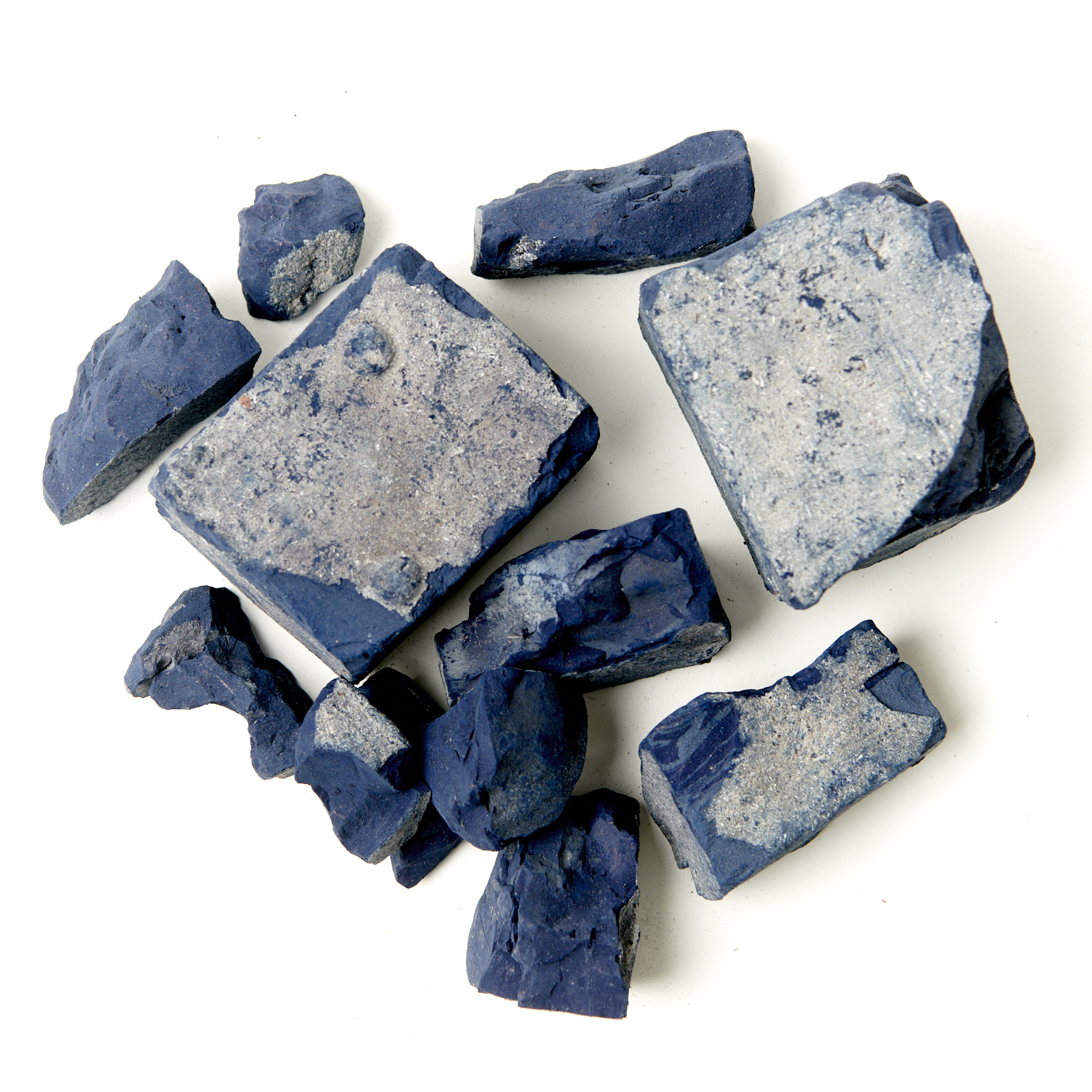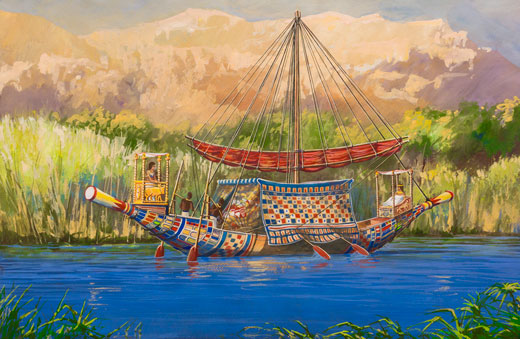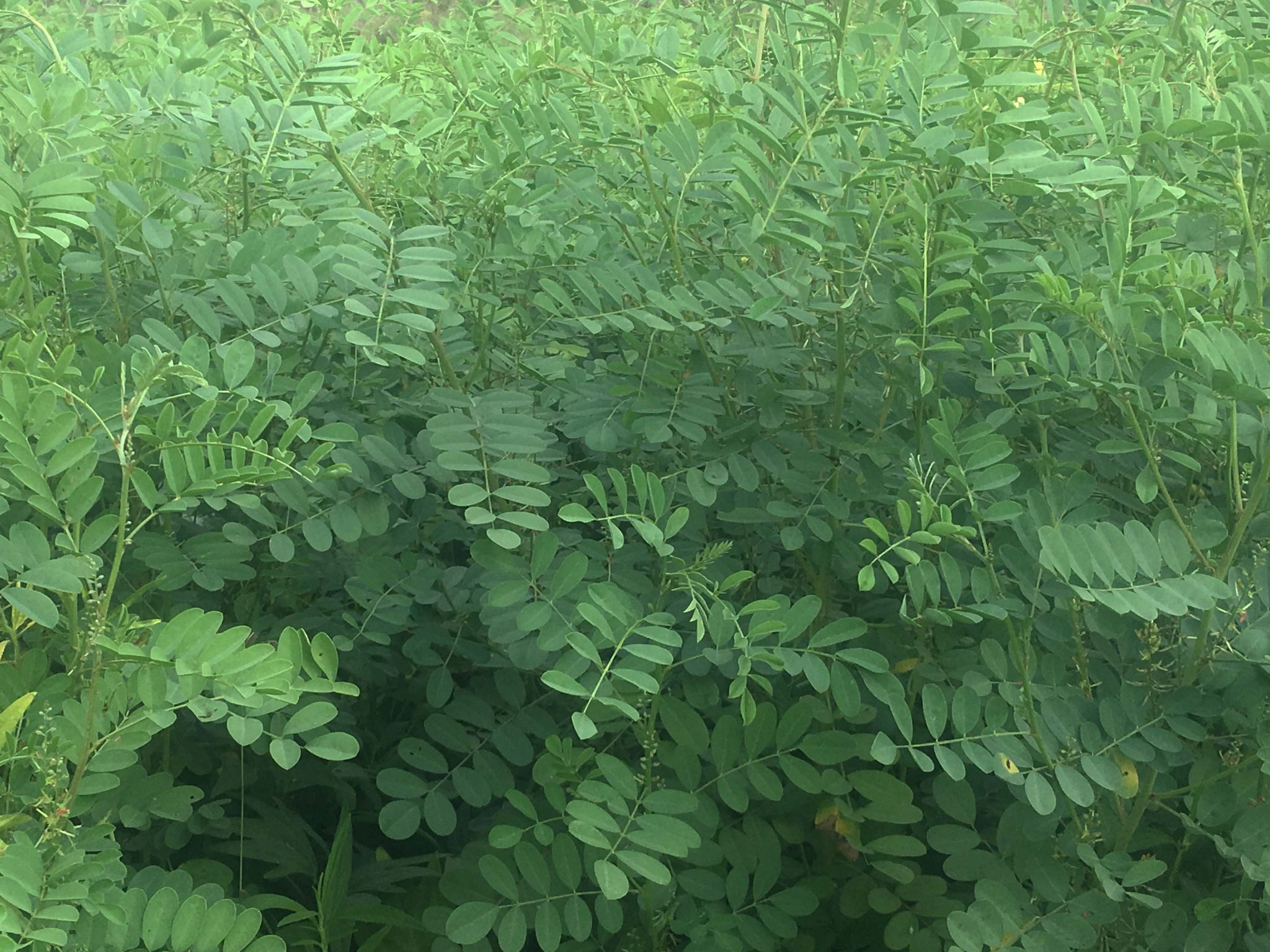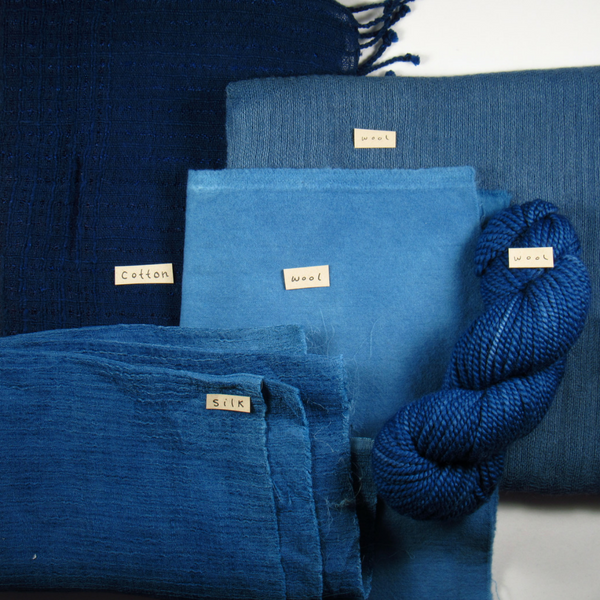16+ Indigo Plant For Dye
Strain the liquid and squeeze liquid from the indigo leaves into the strained liquid. Heat the solution to 160 degrees F.

Indigo Natural Dyes
Indigo plants have lovely flowers but it is the leaves and branches that are used for dye.

. The chemical responsible for the dye is. The leaves contain the indigo dye so they are removed from the stems. Web Dyeing takes place in the green form of indigo which is known confusingly as white indigo.
Rhus glabra an important dye plant with fall colors. Web How Do You Make Dye with Indigo. These vigorous plants produce an abundance of side shoots for cut-and-come-again plant dye material and as they mature pretty clusters of pink flowers too.
The dye in the leaves doesnt actually exist until it is manipulated. After a few days of stirring and adding sugars its ready to dye with. Web It is important to keep your plant indoors and warm for the best possible results.
It is the leaves that make most types of indigo famous though. Web A medium shrub the indigo plant will grow to 2 to 3 feet 61-915 cm in height and spread. Some species particularly true indigo Indigofera tinctoria and Natal indigo I.
Web Indigo is a natural dye extracted from the leaves of some plants of the Indigofera genus in particular Indigofera tinctoria. Web Indigofera tinctoria also called true indigo is a species of plant from the bean family that was one of the original sources of indigo dye. Web The True Indigo Plant for Natural Dyes.
In order to make indigo dye you need leaves from a variety of plant species such as indigo woad and polygonum. The paste is mixed with ash water fruit sugars or rice whiskey and left to ferment. 250 grams of Calcium Hydroxide is 7 from Botanical Colors.
Over a period of two hours. Web indigo genus Indigofera large genus of more than 750 species of shrubs trees and herbs in the pea family Fabaceae. Indigo is a pigment extracted from the leaves of indigo-bearing plants and is the oldest natural source of blue dye in the world.
Web What is indigo dye. Dye-bearing Indigofera plants were commonly grown and used throughout the world in Asia in particular as an important crop with the production of indigo dyestuff economically important due to the historical rarity of. The natural indigo dye that we collect.
Web One of the most attractive indigo shrubs is Indigofera heterantha with its long clusters of rosy purple pea-like flowers. Of fresh indigo leaves put them in a bucket and add just enough hot tap water to cover the leaves. Web Today Middleton Place grows indigo again and museum employees give demonstrations on dyeing and explain the brutal labor required to dig reservoirs for water plant harvest and process the indigo.
Web factors involved in indigo dye production from Persicaria tinctoria with the aim to support increased farm-scale indigo production in the Northern California fibershed and beyond. Keeping an indigo vat alive is tricky but Patricia has continually nurtured this vat for 25. Dont heat it too quickly.
Its actually possible to harvest the dye yourself. Its a wonderfully useful plant however and very much worth growing for the adventurous gardener and home dyer. Picking Indigo for Dye.
Web Indigo is one of the oldest plant textile dyes and its pretty as an ornamental too. Web By Liz Baessler. This is a foamy scummy sludge that protects the indigo dye from the air in the room.
If it is grown in a greenhouse environment great results will be and the lovely plant will thrive. It is actually the plants leaves that are used to make the blue dye though they are naturally green and must go through an involved extraction process first. 1 part natural indigo in powder form 100 grams of Organic Indigo is 1950 from Botanical Colors 2 parts calcium hydroxide also known as pickling lime cal calx.
The longer your dye bath is exposed to air the less. Harvest the indigo and immediately strip the leaves from the stems and drop in a bucket of ice water. Host Casey Hentges shows off a true indigo plant Indigofera tinctoria thats growing in The Botanic Garden at OSU.
In the summer it produces attractive pink or purple flowers. What if you want to make your own plant-based dye and bypass all those chemicals. Web If you want to learn how to harvest indigo to make your own dye read on.
For many years the leaves of certain indigo plants were used to make dye to color fabrics a rich blue. Web The fermented and dried leaves are then ground to a powder sifted and substances added to produce the dye. Web Many different species of Indigofera can produce vibrant indigo dye.
Web Stripping leaves from indigo plants. Learn more in this article. Humans have used indigo to dye natural fibers for thousands of years with traditions spanning continents and cultures.
Well tell you how and when to pick indigo. Here I have thinned out whole plants but you can also pick leaves off the living plants and let them grow back. The finished product in a deep shade of indigo.
Mayo indigo from the Sonoran desert was used for blue dye for. Web Instructions You will need a generous armful of indigo stalks to dye a few silk scarves or yarns. With this plant you can create your own.
Other plants are capable of yielding indigo-colored dye but Indigofera arguably does it best. Web Dyeing with Fresh Indigo Time. Malka mixed the indigo dye and allowed the flower to form on the surface of the liquid.
Web Dyeing with indigo allows you to ensure the dye is non-toxic and you get to watch a fascinating chemical process as a green plant goes to blue. Indigo smoothie-fresh leaves blended and strained. The leaves go into the blender thats 1 3 full of cold water and.
Description edit True indigo is a shrub 12 metres 3 ft 3 in 6 ft 7 in high. Wool will also dye beautifully with fresh indigo leaves. Indigofera tinctoria often called true indigo or simply just indigo is probably the most famous and widespread dye plant in the world.
Blue jeans and cotton were dyed with a blue dye derived from tropical indigo bush native to India. Within their foliage lies the organic compound indican which when fermented becomes the dye known as indigotin. Two main approaches to dye productionthe compost method and the water extraction methodare presented.
Arrecta were once an important source of indigo dye.

Indigo Dye Wikipedia

Indigo Natural Dyes

Indigo Recreating Pharaoh S Dye Science In School

Indigofera Tinctoria Blue Dye Plant Indigo Indigo Litunarjurtir Gardskalaplanta Youtube

Indigo Indigo Plant Naturally Dyed Botanical Dyeing

All About Indigo A Natural Color To Dye For

Indigo Plant And Dye Indigo Plant How To Dye Fabric Plant Dyes

What Makes A Plant A Dye Plant Part 4 Indigotin

Indigofera Tinctoria Blue Dye Plant Indigo Indigo Litunarjurtir Gardskalaplanta Youtube
Growing Japanese Indigo Susan Dye

Indigo Dye Powder 100g For Textile Dyeing Vritti Designs
Indigo Recreating Pharaoh S Dye Science In School

Growing Japanese Indigo Susan Dye

The True Indigo Plant For Natural Dyes Youtube

Organic Indigo Botanical Colors

Indigo Dye Wikipedia

Indigo Dye Wikipedia